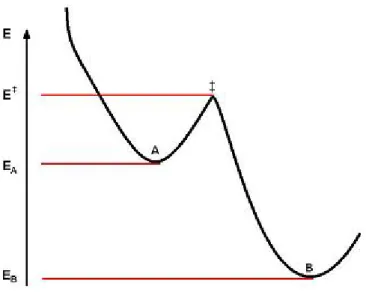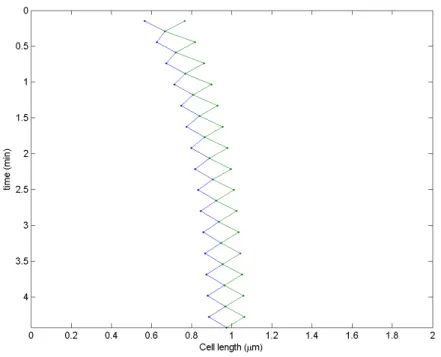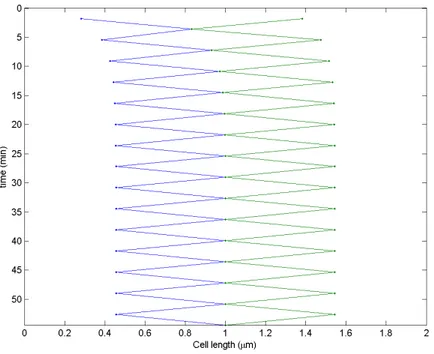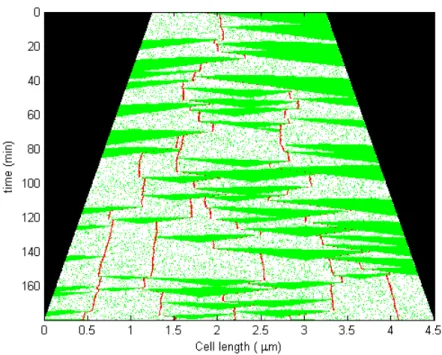Modelling the Segregation Mechanism of low copy number Plasmid pB171
Full text
Figure
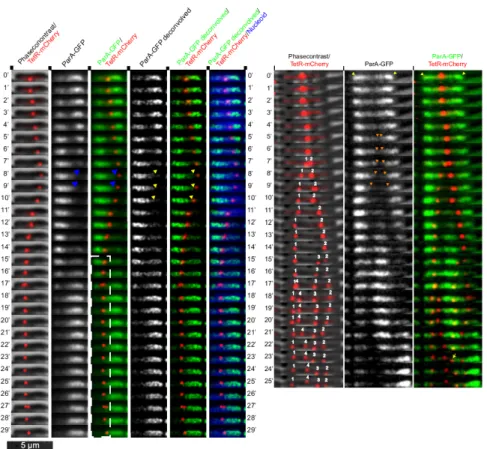
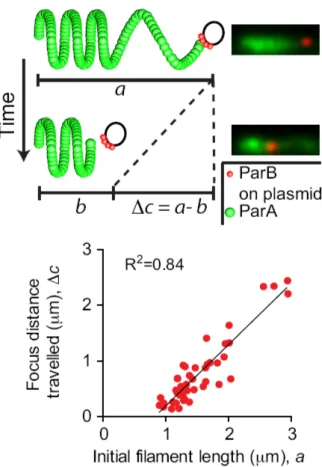

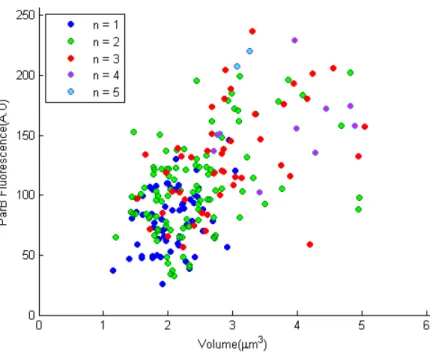
Related documents
Estimation of the efficiency and radicalism of nephron−sparing surgery in 10 children with unilateral Wilms’ tumor stage I disease after preoperative chemotherapy or with
Experiments were designed with different ecological conditions like prey density, volume of water, container shape, presence of vegetation, predator density and time of
There- fore, even if not statistically significant, the positive long- term trend in PSCs occurrence frequency above DDU, in the edge region of the Antarctic vortex, is probably a
Data were collected through interviews and document analysis, and analyzed with descriptive analytical techniques Findings from the data indicated that middle school
The resulting dynamics were similar to Rock-Paper-Scissors (RPS) game [26–28] where plasmids with low copy number were successively invaded by plasmids with higher copy number due
As risk-taking incentives for fund managers positively depend on the convexity of the PFR, our results suggest stronger risk-taking incentives for fund managers in standard than
In addition to enabling third party applications and services, mobile operators can provide their own micropayment services, alone or in cooperation with other mobile operators.
F or over three decades, a unique partnership existing between California’s horse-racing industry and the UC Davis School of Veterinary Medicine has fostered the safety of

